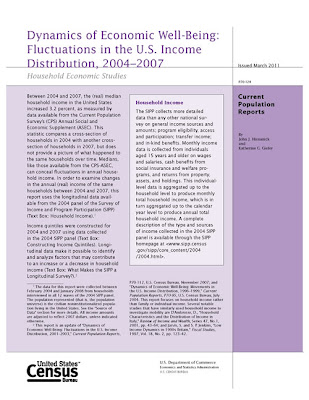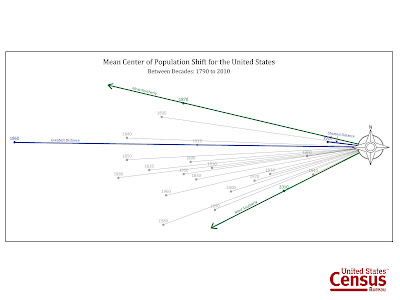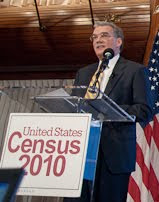On April 1, 2011, U.S. Census Bureau employees began the first wave of data collection for the National Survey of Fishing, Hunting, and Wildlife-Associated Recreation from about 53,000 households across the country.
Conducted every five years by the Census Bureau, the survey is sponsored by the U.S. Fish and Wildlife Service.
“Participation in this survey is important because the results help us better manage our natural resources and to understand the demands being put on our wildlife and their habitat,” said Robert Groves, director of the Census Bureau. “This is one of the many surveys conducted by the Census Bureau for other federal agencies.”
The information collected for this survey focuses on individuals involved in fishing, hunting and other wildlife-associated recreation, such as observation, photography and feeding.
The latest data from the survey show that in 2006, more than 87 million Americans 16 and older enjoyed some form of wildlife-related recreation and spent $122 billion in pursuit of these activities.
The questions ask in which state these activities occurred and focus on such items as the number of trips taken, duration of trips and expenditures for food, lodging, transportation and equipment. Federal and state agencies use this knowledge for conservation efforts and to maintain areas where we go for outdoor recreational activity.
Preliminary survey findings will be available in summer of 2012. The final national report will be issued in the fall of 2012, followed by a report for each state.
Data collection began on April 1, 2011. Respondents will be surveyed primarily by telephone. Residents will receive a letter from Groves informing them of the survey. All information collected is kept strictly confidential and only statistical totals are published.
The National Survey of Fishing, Hunting, and Wildlife-Associated Recreation has been conducted since 1955 and is one of the oldest and most comprehensive continuing recreation surveys.
To view previous survey reports and data visit: http://www.census.gov/prod/www/abs/fishing.html





